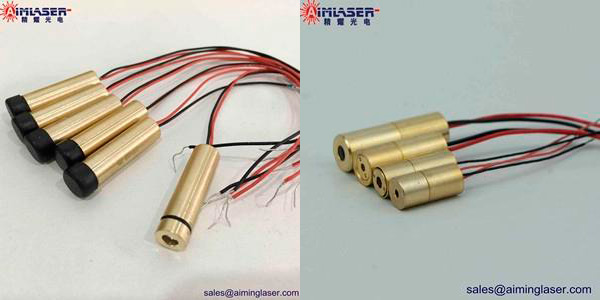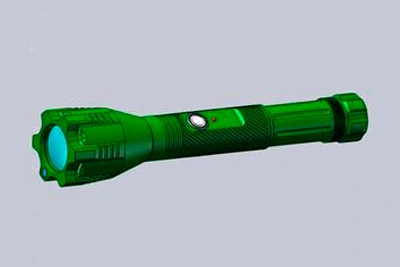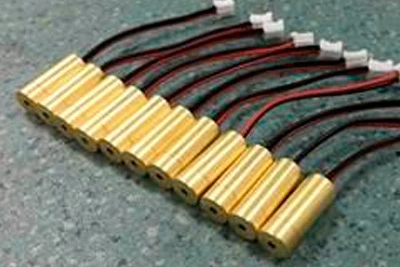Ordinary light sources emit light in all directions. To make the emitted light propagate in one direction, it is necessary to install a certain condensing device on the light source. For example, the headlights and searchlights of automobiles are equipped with reflectors with a concentrating effect, so that the radiated light is collected and emitted in one direction. The laser emitted by the laser is naturally emitted in one direction, and the divergence of the beam is extremely small, only about 0.001 radian, which is close to parallel.
The color of light is determined by the wavelength (or frequency) of the light. Certain wavelengths correspond to certain colors. The wavelength distribution of the visible light segment radiated by the sun is about 0.76 microns to 0.4 microns, and the corresponding colors range from red to purple, a total of 7 colors, so sunlight cannot be said to be monochromatic. A light source that emits light of a single color is called a monochromatic light source, and it emits a single wavelength of light. For example, krypton lamps, helium lamps, neon lamps, and hydrogen lamps are all monochromatic light sources that emit only a certain color of light. Although the wavelength of light waves of a monochromatic light source is single, there is still a certain distribution range. For example, the neon lamp emits only red light, and its monochromaticity is very good. It is known as the crown of monochromaticity. The wavelength distribution range is still 0.00001 nanometers. Therefore, the red light emitted by the neon lamp still contains dozens of red light if it is carefully identified. It can be seen that the narrower the wavelength distribution interval of the optical radiation, the better the monochromaticity.

Stimulated absorption (abbreviation absorption). When a particle at a lower energy level is excited by the outside world (that is, it has an energy exchange interaction with other particles, such as an inelastic collision with a photon) and absorbs energy, it transitions to a higher energy corresponding to this energy. high energy level. This transition is called stimulated absorption.
The excited state that the particle enters when it is excited is not the stable state of the particle. If there is a lower energy level that can accept the particle, even if there is no external effect, the particle has a certain probability to spontaneously change from a high-level excited state (E2) to a low-energy state. Level ground state (E1) transition, while radiating photons with energy (E2-E1), photon frequency ν=(E2-E1)/h. This radiation process is called spontaneous radiation.
In 1917, Einstein theoretically pointed out that in addition to spontaneous emission, particles at high energy level E2 can also transition to lower energy levels in another way. He pointed out that when a photon with a frequency of ν=(E2-E1)/h is incident, the particle will also be induced with a certain probability.
Before the invention of the laser, the high-voltage pulsed xenon lamp had the highest brightness among artificial light sources, which was comparable to the brightness of the sun, while the laser brightness of the ruby laser could exceed tens of billions of times that of the xenon lamp. Because the laser is so bright, it can illuminate objects at a distance. The illuminance of the beam emitted by the ruby laser on the moon is about 0.02 lux (unit of illuminance), the color is bright red, and the laser spot is visible to the naked eye. If the most powerful searchlight is used to illuminate the moon, the illumination generated is only about one trillionth of a lux, and the human eye cannot detect it at all. The main reason for the extremely high brightness of the laser is directional luminescence. A large number of photons are concentrated and emitted in a very small space, and the energy density is naturally extremely high. The ratio between the brightness of a laser and sunlight is in the millions, and it was created by humans.
The energy of a photon is calculated as E=hv, where h is Planck's constant and v is the frequency. It can be seen that the higher the frequency, the higher the energy. Laser frequency range 3.846×10^(14)Hz to 7.895×10^(14)Hz.
Lasers have many other properties: First, lasers are monochromatic, or single-frequency. There are some lasers that can generate lasers of different frequencies at the same time, but these lasers are isolated from each other and used separately. Second, laser light is coherent light. The characteristic of coherent light is that all its light waves are synchronized, and the whole beam of light is like a "wave train". Again, the laser is highly concentrated, which means that it has to travel a long distance before it becomes dispersed or converged.

